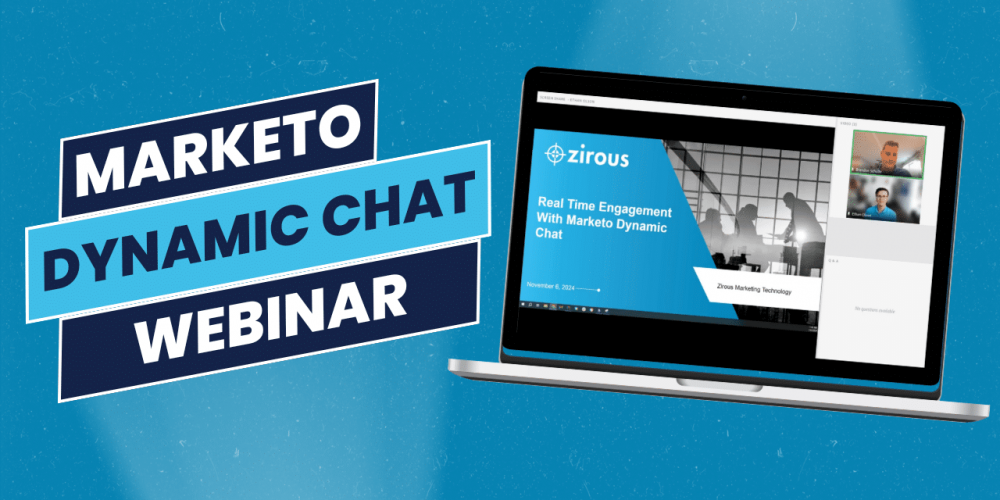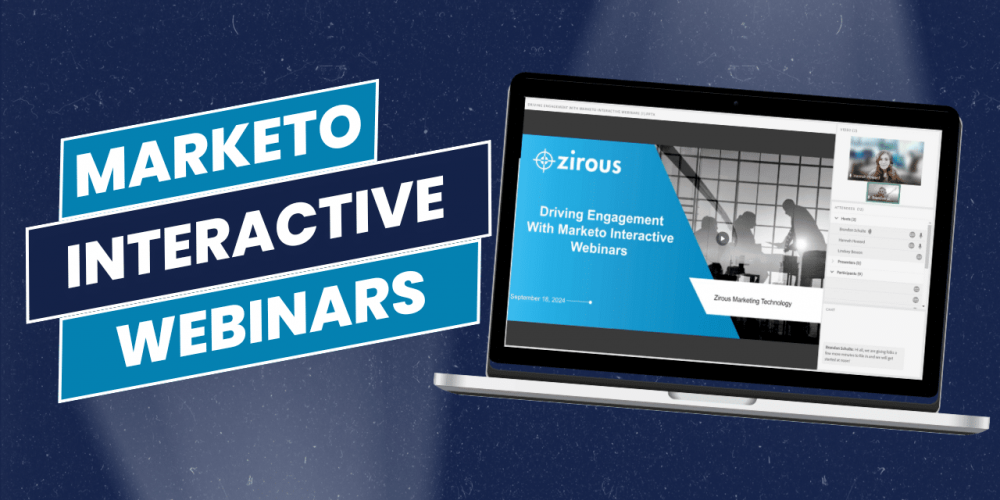Looking to enhance your website's engagement and capture valuable leads in…
Key Takeaways:
- Work smarter, not harder, by focusing on converting interested customers — using data to guide your efforts.
- Seek out tools that foster brand and product engagement while a customer is captivated.
- Build out user journeys that meet customers where they are in the buying cycle and strengthen your relationship with them.
You can forgive many business leaders who are at a loss when it comes to the best ways to attract and retain customers in 2020. And while COVID-19, and all that comes with it, has added additional strain for most businesses, many of the same conversion optimization rate challenges faced by digital disruption predated the pandemic.
Take for instance today’s fast-paced digital economy, with more customer channels than ever before, increasing costs and an increased reliance on technology. All of those predicaments kept marketing and technology leaders up late at night prior to this year while forcing them to reinvent themselves, their strategies and their teams.
While thinking through the complex challenges of today one wonders if a solution might be incorporating manufacturing practices from the latter part of the 20th century. Most business school students will be familiar with two management consultants from this period who revolutionized Japanese manufacturing: W. Edward Deming and Taiichi Ohno.
Deming popularized the concept of “get it right the first time,” which revolutionized manufacturing quality and allowed Japanese firms to sell worldwide.
Ohno is regarded as the father of just-in-time manufacturing (JIT). His work allowed Toyota to put the right people, technology and systems in place to achieve maximum efficiency and output, meeting demand while ensuring that every person in the organization was involved and committed to quality. JIT strengthened Toyota’s competitiveness by reducing waste and improving product quality, thus simultaneously cutting costs and boosting revenue.
So how do these manufacturing strategies relate to your organization’s marketing technology needs in uncertain times? Let’s take a look at how utilizing both strategies in your customer program will help with conversion rate optimization for your organization.
Focus on Conversion Rate Optimization
As most people know, you only have one opportunity to create a first impression. And just as Deming focused on the value of getting it right the first time, it’s up to us as demand generation leaders to give customers the right experience when they interact with our brand. And that experience should be the same whether it’s in person, over the phone, online or during a service recovery situation.
Let’s start with a quick value proposition. Companies make significant investments to attract customers to their products and services, yet many industry reports peg e-commerce conversion rates in the low single digits. Landing pages conversion rates are not much better.
Data from the 2020 Adobe Digital Index
Assume you average 1 million visitors to your website each month, with an average conversion rate of 3% and an average order value of $100. That gives you a monthly revenue of $3 million. Now imagine you could toggle each of those numbers in a positive direction.
Perhaps through testing and conversion rate optimization or by delivering personalized experiences you increase your conversion rate by one percentage point, resulting in a revenue increase of $1 million. If through cross-selling/upselling (e.g., “you may also like”) you increase your average order value to $120, that increases your revenue by $600,000. If you can pull both levers simultaneously, you may increase your monthly revenue by over 50%.
Next, by capturing all customer activities to a unified record and operationalizing this data using a customer data platform, you can retarget users who abandoned their purchase in digital channels like retargeting ads (web or social platforms) or via email. Now imagine 10% of the users who didn’t convert are entered into a retargeting program. If 10% of those retargeted visitors subsequently buy a product, you wind up with an additional 10,000 customer purchases — equating to an additional $1 million in revenue from retargeted consumers at the original average order value.
While scale (1 million users) and scope ($100 per purchase) have an impact, this example demonstrates how small increases in conversion rates can result in exponential revenue increases. Even considering a reasonable offset that half of the retargeted customers would have purchased even without further lead nurturing, you still have a return greater than 10:1. When trying to sell senior leadership on conversion rate optimization initiatives, whether a customer data platform, A/B testing or live chat for sales, these ROI calculations are difficult to ignore.
Prioritize Tools That Improve Customer Experiences
How many times have you been in a situation where a salesperson was the difference between buying a product or walking out the door empty handed? As more transactions move online a mix of technology, content and sales support resources becomes increasingly imperative.
Just as Ohno prioritized team alignment in Toyota’s factories, your marketing, technology, e-commerce and content teams must come together to create a sustainable demand generation engine. This includes flexibility between your e-commerce and content management systems to dynamically place products based on a user’s buying history. It also means investing in an A/B testing and personalization team to maximize conversion rate optimization by testing users flows, content and design elements.
Finally, consider investing in chatbot tools — both for sales chat and customer service chat. These can be chatbots where automated journeys (think marketing automation but in real time) drive your users through their interaction with your website. Many also have the ability for sales and customer support to intervene when the automated system is unable to fulfill the user’s needs.
Chart the Course
A one-size-fits-all approach might work for a baseball cap, but when it comes to the customer journey buyers expect personalization. This means you must be able to harness activity data to bucket users into personas with content from campaigns that move the user closer to making a purchase. For example, giving a user VIP status based on their lifetime value means that your best customers get special messaging and thus increases their likelihood of converting.
Second, your campaigns should always push the customer through the next step in the process. This could include building awareness of your products, educating customers on the key value proposition you offer, reducing the time to make the purchase or creating loyalty.
Finally, utilize tools that reach users in channels that they prefer. Some users will like emails, others will better respond on your website and still others might appreciate a courtesy call from sales or customer service representatives. By understanding how customers engage with you and dynamically creating experiences to drive engagement, you will undoubtedly increase your bottom line.
We are under no illusions that making these changes is easy. If it was everyone would be doing this. However, by doing so these types of gains are not only reasonable outcomes — they are likely.
Zirous, a technology data and insights company established by leading marketing and technology experts, specializes in navigating the digital paradigm shift and is here to help you every step of the way. Contact us today to learn more.




This Post Has 0 Comments